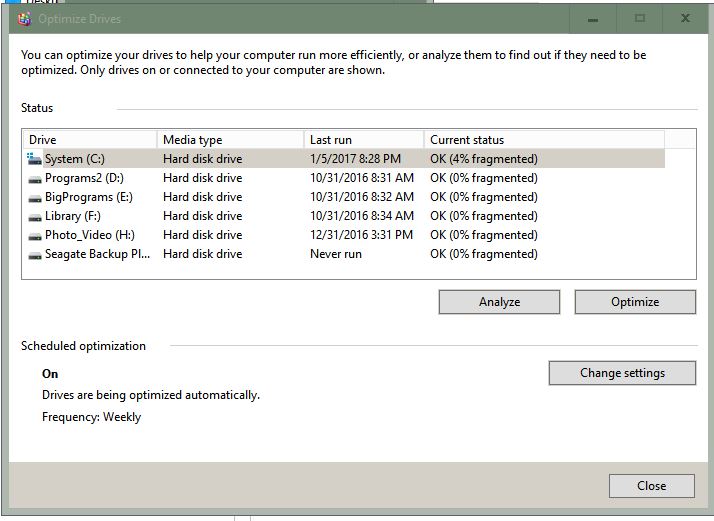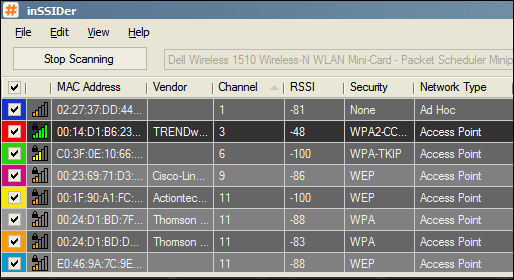Don’t Trust Your Wi-Fi Router’s Automatic Channel Switcher

I live in an area where there are Wi-Fi routers all around me; this presents a problem because if I’m using the same channel others are using, the signal will stutter/drop for any Wi-Fi device I use.
In most wireless routers (at least for newer ones), they come preconfigured to automatically select the first channel available, usually settling on channel 1, 3, 6, 9 or 11.
Wireless routers are unfortunately “dumb”, so of course in auto-channel mode it will usually pick the worst channel to use for whatever stupid reason.
With the most recent wireless router I purchased, I tried its auto-mode for channel switching and it chose channel 11. Bad choice in my neighborhood:

My router is 2nd from the top in the list (the darker one with the strong signal) and I purposely chose channel 3 because nobody else is using it currently. However bear in mind my router purposely chose 11 on its own when in auto-mode, and as you can plainly see there are 4 other routers in range using that channel. This led to signal stutter/drop like you wouldn’t believe.
The tool I use to scan what other routers are in my area is inSSIDer, available for both Windows and Linux. It gets the job done in fine style and it’s free.
Every time I have any issue with getting a signal, I run inSSIDer to see if any new wireless routers have sprouted up in the local vicinity.
The point here is that I simply can’t trust my router’s ability to pick the “cleanest” channel because it always gets it wrong.
For those of you that have little to no other routers other than yours where you live, I’d suggest running inSSIDer anyway to test RSSI. As a general rule of thumb, you want this number to be as close to 0 as possible. An RSSI of -70 is usually considered good, -60 great, and from -50 to 0 fantastic. Most people average between -65 and -70 and yes, the RSSI will fluctuate slightly as it’s just the nature of how radio signals work.
Testing your RSSI is easy. Run inSSIDer on your laptop or wireless-enabled PC, go through each channel one by one, test each for 5 minutes (this gives a good sample) and see which channel gets your RSSI closest to zero. Pick the channel not used by any other wireless router around you that has the best RSSI to get the best wireless performance out of your router.

















5 thoughts on “Don’t Trust Your Wi-Fi Router’s Automatic Channel Switcher”
I finally conceded the point and admitted my old Belkin N600 DB had reached the end of the road. Looked around for a replacement and settled on the TP-Link Archer C50. Not the latest and greatest but my old laptops only handle the 2.4 GHz bands anyway so I saw no good reason to buy something more exotic and expensive. Our client devices are two laptops, one wireless printer, two android smart phones, and one Kindle Paperwhite (wireless only) for simple tasks like financial planning, email, and web browsing and small downloads/uploads. We don’t try to stream video other than some small embedded clips in web sites and seldom have all devices active at the same time.
So far, I’m pleased with my choice since the setup was a breeze and the new router has not dropped any connections since so I cancelled a $35 service call to my cable modem ISP to move the cable location closer to the areas where the laptops reside. My download speed is now slightly greater than 10 and upload around 1.3 so I’m satisfied. Following the quick start instructions was easy and the router replacement was working fine in about 5 minutes. In addition to working without dropouts, I like the more flexible schedule of options available in the C50’s menus. I especially like the better security logging and DHCP options to force IP selection for my resident clients so I can look in the log and determine who is doing what and when. Still playing with all the opportunities to mess up, but so far have caused any unrecoverable problems.